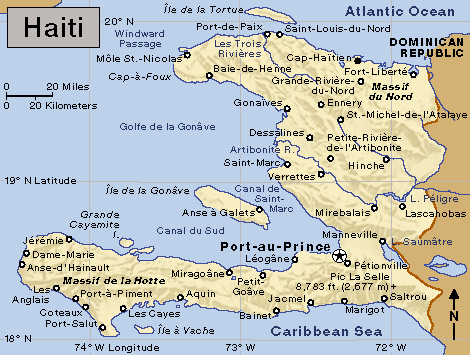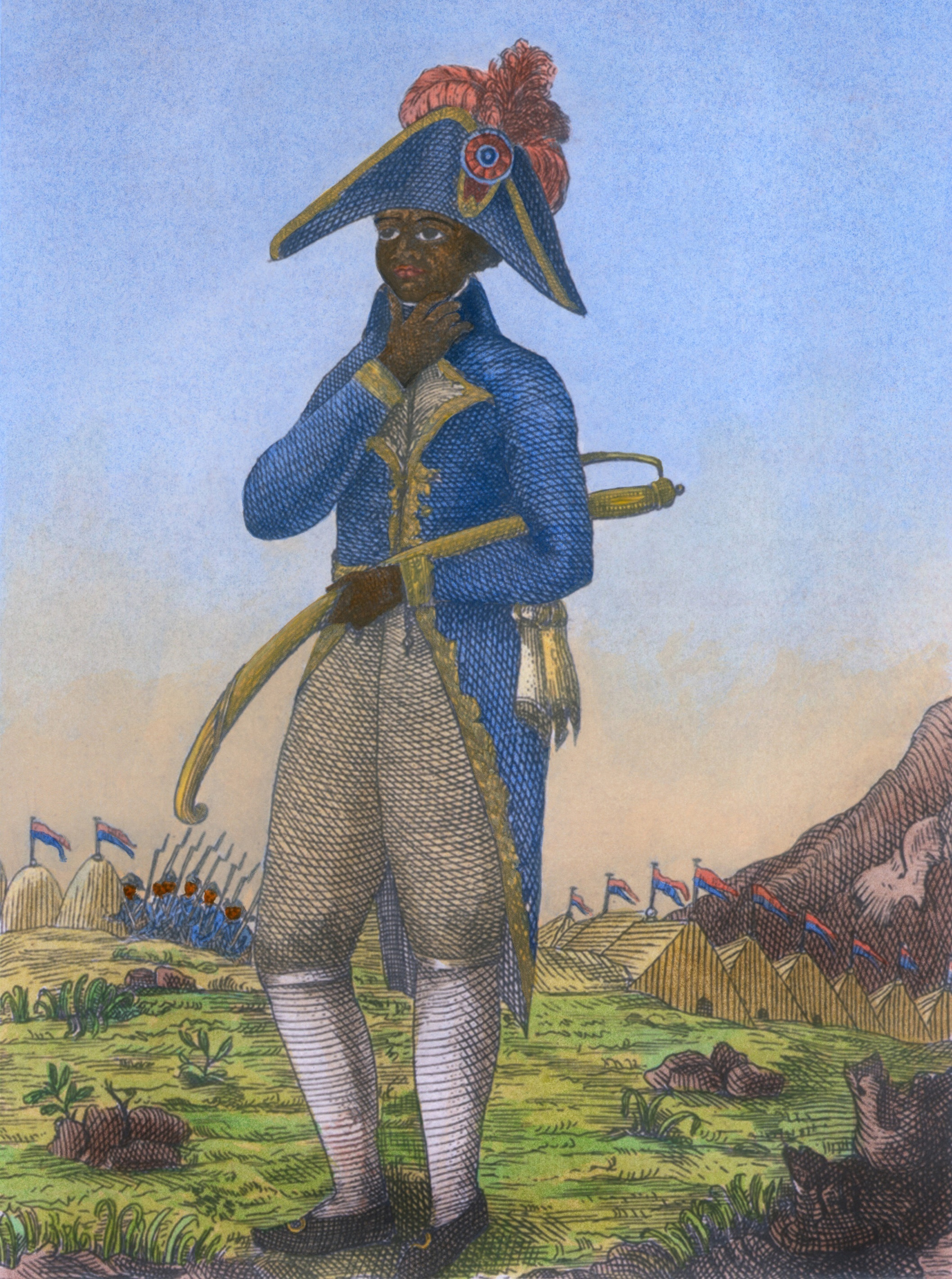Haitian Revolution (1789-1804) was a series of conflicts that transformed the French Caribbean colony of Saint-Domingue into the independent country of Haiti . The revolution led to the creation of Latin America’s first independent state. It also led to the first proclamation of racial equality in the Americas, as well as the first abolition of slavery in a society with a great number of slaves.
In the 1600’s, France claimed territory on the island of Hispaniola and named its new colony Saint-Domingue. French colonists developed large plantations and brought black Africans to Saint-Domingue to work as slaves. In the 1700’s, Saint-Domingue was Europe’s main source of tropical produce. By the late 1780’s, it had a slave population of about half a million—about eight times the number of free colonists.

The outbreak of the French Revolution in 1789 preceded—and helped inspire—the Haitian Revolution. Saint-Domingue’s white elite population began a movement for self-government and free trade— that is, the right to trade directly with countries other than France. Their goal of political control over the colony soon was challenged by free middle-class blacks, most of whom were people of mixed African and European ancestry. These black colonists hoped to end legal racial discrimination and sought to participate in democratic politics. Failing to make headway by peaceful means, free blacks launched a civil war in Saint-Domingue’s southern and western provinces in 1791. In April 1792, the French government granted Saint-Domingue’s free blacks racial equality. The revolutionaries succeeded because the white colonists needed their help to combat a more dangerous foe. A huge slave revolt—by far the largest in the history of the Americas—had broken out in August 1791. The slaves destroyed plantations and towns, devastating much of northern Saint-Domingue.
French troops were sent to Saint-Domingue to put down the revolt, but many died from tropical fevers. The French could not defeat the insurgent slaves in the mountains, but the slaves could not capture the French fortified towns either. A stalemate developed between the two sides. The outbreak of war in Europe in 1793 ended this stalemate. The British and the Spanish, who were at war with the French, invaded Saint-Domingue. The British, Spanish, and French tried to recruit the insurgent slaves as mercenaries (paid soldiers). To maintain control of Saint-Domingue, the newly established republic in France abolished slavery.
In the years after the slave revolt, France became increasingly dependent on an army of former slaves built up by Toussaint Louverture . Louverture was a former slave who emerged as the leading general in the French army on Saint-Domingue. He expelled the British and Spanish forces that had invaded the colony. Louverture became lieutenant governor of Saint-Domingue in 1796 and commander in chief of its army in 1797. In 1800, he defeated André Rigaud, a mixed-race general and rival, for control of the southern part of the colony. 
Saint-Domingue prospered under Louverture. However, former slaves who wanted to become independent peasants resented Louverture’s use of forced labor to revive the export economy. The French also resented his acting like an independent ruler. Napoleon Bonaparte came to power in France in 1799. In 1802, he sent an army to Saint-Domingue to restore French rule, racial inequality, and slavery. Louverture and others resisted and began a struggle to free the colony from French control. The French army captured Louverture in 1802. Former slave and French army general Jean-Jacques Dessalines succeeded him as leader of the rebels. The rebels defeated the French army in 1803. Dessalines declared Saint-Domingue the independent country of Haiti on Jan. 1, 1804.
Dessalines served as Haiti’s chief of state until he was murdered by rivals in 1806. From then until 1820, several men struggled for power, controlling different parts of the country. In 1820, Jean-Pierre Boyer reunited Haiti.
